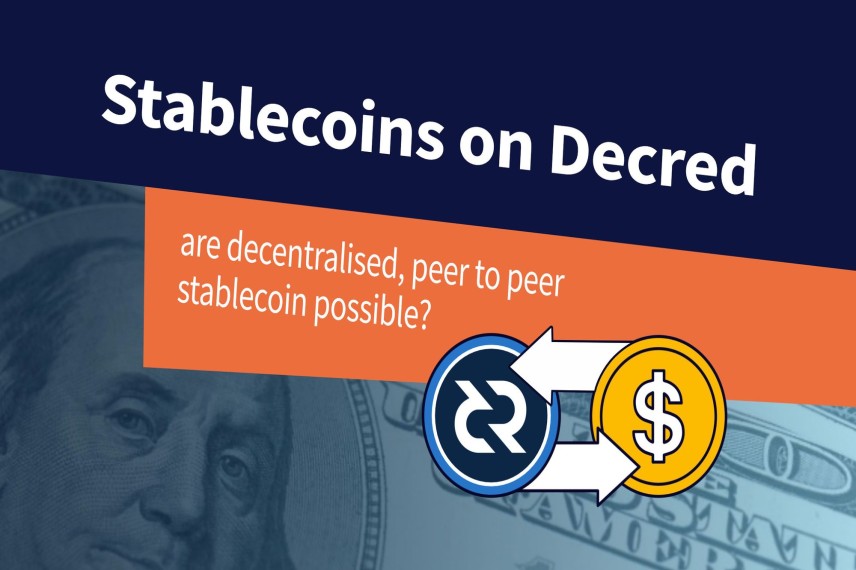
Decentralized stablecoin issuer Frax Finance has entered the ether liquid staking war with a unique two-token model that supposedly allows users to earn above-average stakingyields.
Called Frax Ether, the liquid staking system, went live on Oct. 13 in a soft community launch with an official announcement expected soon. The system has three components – frax ether (frxETH), staked frax Ether (sfrxETH) and the Frax ETH Minter. Staking refers to locking up coins in a crypto wallet in return for rewards. Liquid staking is the process of locking up funds to earn rewards while still having access to the funds locked via their liquid derivative coins.
The Frax ether token is an ether-pegged stablecoin meant to be equal to one ether (ETH). Users can deposit ETH into the Frax ETH Minter contract and get an equivalent amount of frxETH, unlocking the liquidity of ether staked. The frxETH tokens can be used to provide liquidity on the decentralized exchange Curve. To earn rewards on the ether staked, however, users need to exchange frxETH with the staked frax ether or sfrxETH tokens.
That's the critical difference between Frax and Lido, a staking tool that owns more than 70% of the liquid staking derivative market. Lido has only one token called staked ether (stETH), which can be used elsewhere to generate additional yield. The stETH is a "rebasing token" with supply algorithmically adjusted to keep its price in line with ether's price. In other words, stETH holders earn rewards in the form of new stETH tokens and not in the form of appreciated stETH value.
The problem with stETH is that some decentralized-finance (DeFi) protocols don't support rebasing tokens natively. So stETH holders risk losing out on a portion of daily staking rewards if they provide stETH as liquidity across such platforms. Therefore, stETH holders often have to wrap their liquid derivative tokens, creating a DeFi-compatible version.
Frax Finance's two-token model eliminates risks associated with rebasing and simplifies DeFi integrations. The frxETH stablecoin doesn't rebase and is fully backed by algorithmic market operations plus ether. Further, the sfrxETH tokens, which earn staking rewards, increase in price like theYearn vault token.
"Lido has just one token because it rebases to reflect staking rewards. It breaks a lot of DeFi functionality. We don't want that, so we have opted for two tokens that can be used as DeFi primitives," Sam Kazemian, founder of Frax Finance, told CoinDesk.